|
The Easter Vigil, which is the greatest and most noble of all solemnities, marks the end of the emptiness of Holy Saturday, and leads into the celebration of Christ’s victory over Death and Hell. The word ‘Alleluia’ (meaning “God be praised”) which has been silent throughout Lent, returns.
Alleluia! sing to Jesus! His the sceptre, his the throne. Alleluia! His the triumph, his the victory alone! (William Chatterton Dix) By most ancient tradition, this is the night of keeping vigil for the Lord (Ex 12:42), in which, following the Gospel admonition (Lk 12:35-37), the faithful, carrying lighted candles in their hands, should be like those looking for the Lord when he returns, so that at his coming he may find them awake and have them sit at his table. The Vigil is arranged in such a way that after the Lucernarium (or lighting of the Paschal Candle) and the Exultet (or Easter Proclamation), we will meditate on the wonders the Lord God has done for his people from the beginning., focusing on the theme of “Renewal”. After this, we will be invited to renew our Baptismal commitments to the life the Christian life before being called to celebrate the Eucharist, the living memorial of his Death and Resurrection. Main Service - Celebration of the Passion Today’s liturgy centres on Jesus’ Passion (his sufferings) and death on the Cross for our salvation. In order for us to enter more deeply into this great mystery, the “Celebration” is marked by deep silence. Please use these quiet moments to recollect yourself in the presence of Our Crucified Lord, accompanying him in spirit through the pain he endured - like the Mary and John did at Calvary. Here might I stay and sing, no story so divine: never was love, dear King, never was grief like thine. This is my friend, in whose sweet praise I all my days could gladly spend! (Samuel Crossman, 1664) On this and the following day, by a most ancient tradition, the Church does not celebrate the Sacraments at all, except for Confession and the Anointing of the Sick. Holy Communion is distributed from the Sacrament reserved last night at the Altar of Repose. The church remains stripped of all decoration. It continues bare and empty through the following day, which is a day without a liturgy: there can be no adequate way of recalling the being dead of the Son of God, other than silence and desolation. But within the silence there grows a sense of peace and completion, and then rising excitement as the Easter Vigil draws near. Family Service - Stations of the Cross
Maundy Thursday marks the end of Lent and the beginning of the sacred "Triduum” of Holy Week. These three days are the holiest days of the Christian year. The name "Maundy" comes from the Latin mandatum, ‘commandment’, because of the use of John 13.34 as the Entrance Antiphon;
‘I give you a new commandment; that you love one another. Just as I have loved you, you also should love one another.’ At this Mass, the Priest washes the feet of twelve members of the congregation to symbolise Christ’s washing of his twelve Apostles. This Mass stresses the importance Jesus puts on humility and service within the Church. Also emphasised are the fundamental importance of the Eucharist and the sacrifice of Christ’s Body, which we now find present in the Blessed Sacrament. O Bread of Heaven, beneath this veil Thou dost my very God conceal: My Jesus, dearest treasure, hail! (St Alphonsus) At the conclusion of the Mass, the Blessed Sacrament is transported to the Altar of Repose and we are invited to continue adoring the Lord Jesus present there until midnight, just as the disciples were invited to watch with the Lord during his agony in the garden of Gethsemane. After tonight, no Mass will be celebrated again in the entire Church until the Easter Vigil celebrates and proclaims the Resurrection of the Lord Jesus Christ. Palm Sunday is the first day of Holy Week and the Sunday before Easter. On this day Christians everywhere remember the glorious entry into Jerusalem of Jesus riding on a donkey, while a great multitude of people welcomed Him and waved Him on. The Gospels of Matthew, Mark and John tell us how the crowds took leafy branches from the trees that lined the road (traditionally identified as palm and olive trees) and waved them in the air shouting “Hosanna”, and threw their clothes and palms on the path in front of Him with great jubilance. They did this just days before His crucifixion.
Sometimes they strew his way, and his strong praises sing, resounding all the day hosannas to their King. Then "Crucify!" is all their breath, and for his death they thirst and cry. Each year, right before the Palm Sunday Mass, palm crosses are blessed and distributed and we carry them in procession into the church. Our procession with palms is a sign of our joy and gratitude to Jesus Christ, Our King. At this service we enter also in the mystery of the Lord’s Passion (sufferings) as we read together the account of His crucifixion from Luke’s gospel. |
Archives
July 2024
Categories
All
|





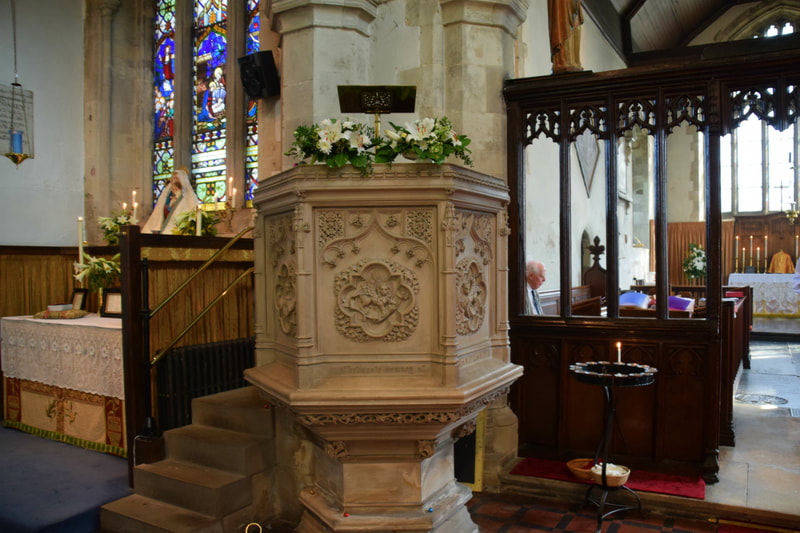



























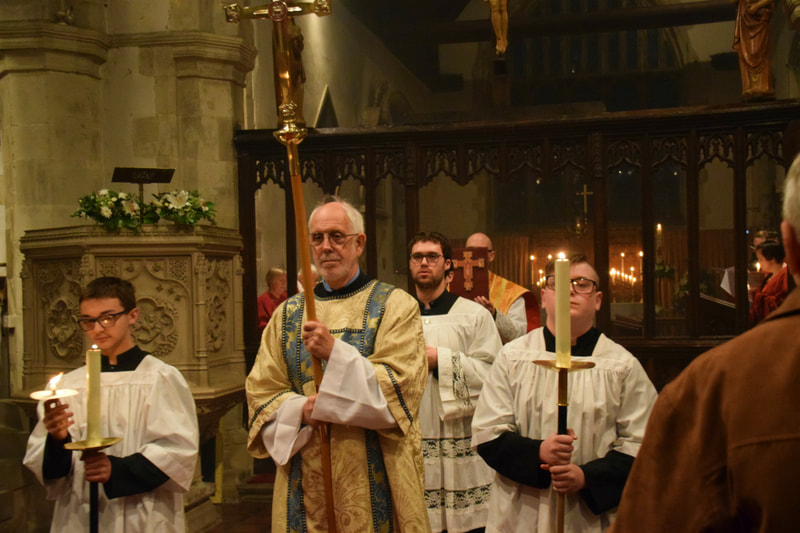









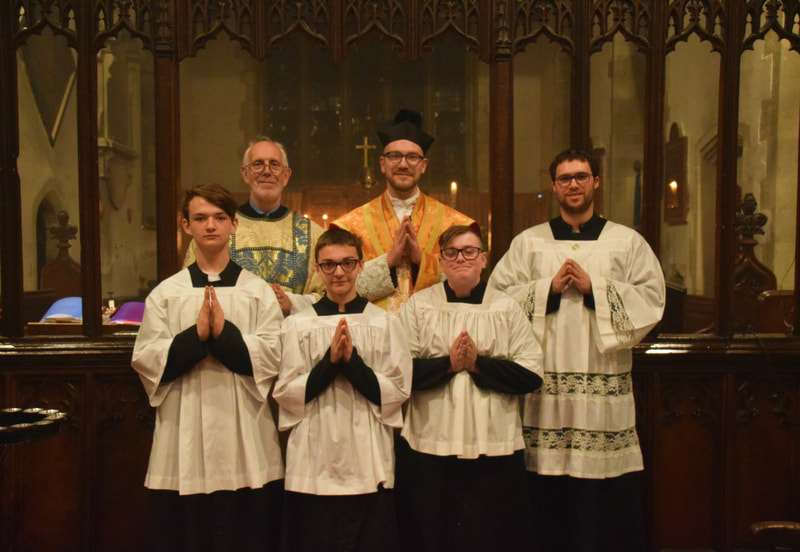

































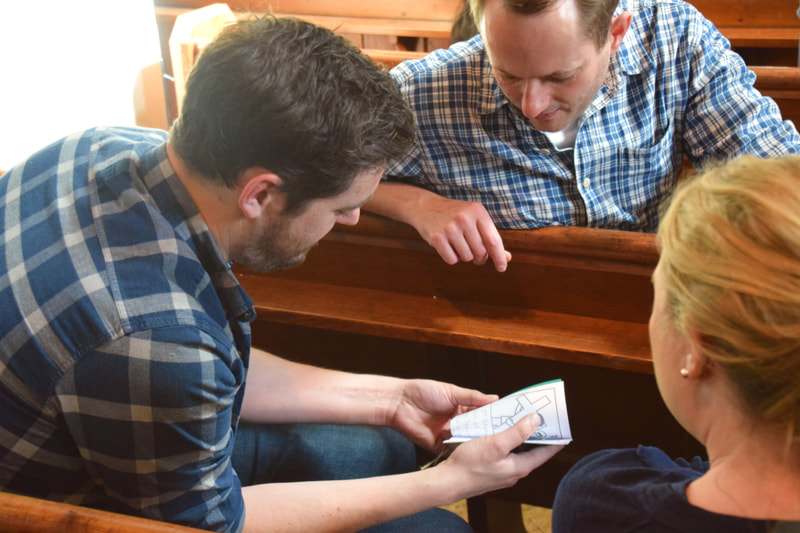












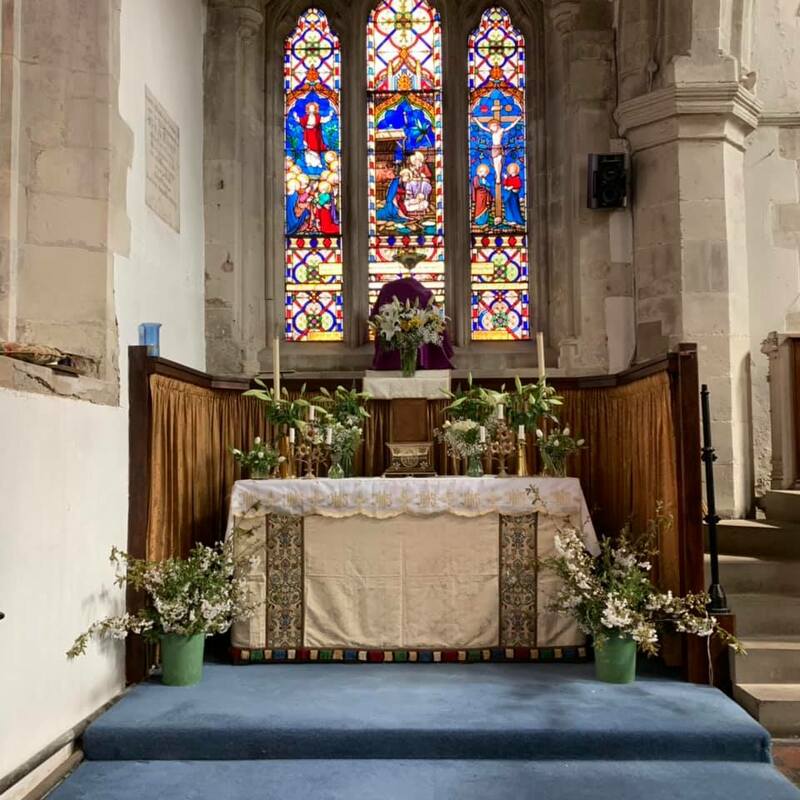

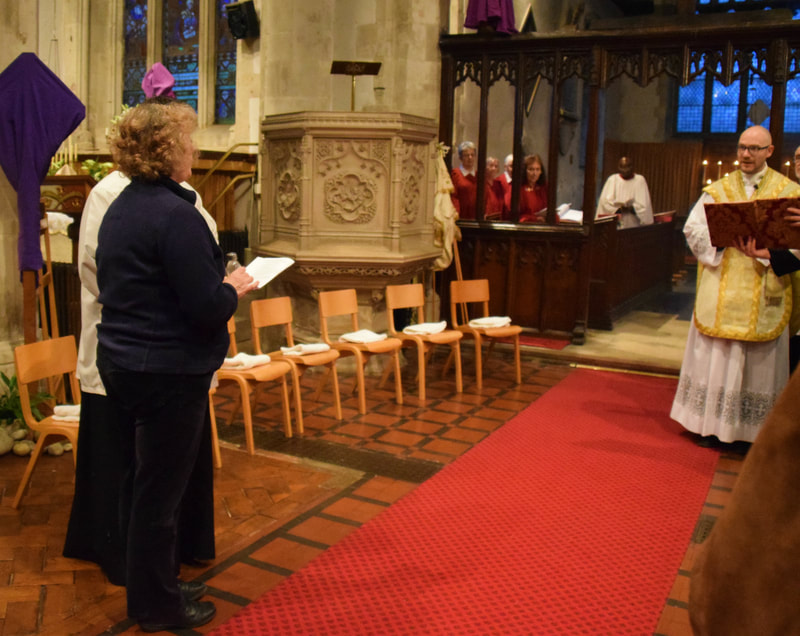




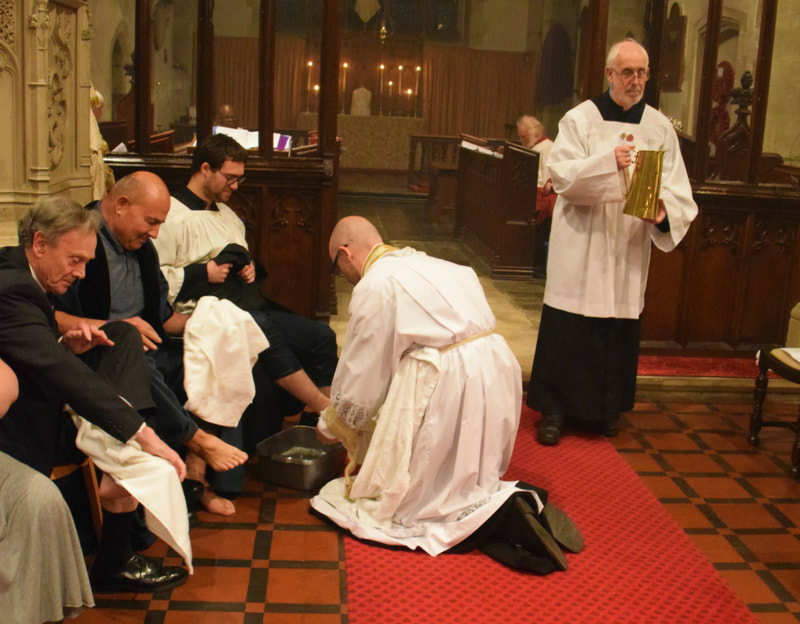












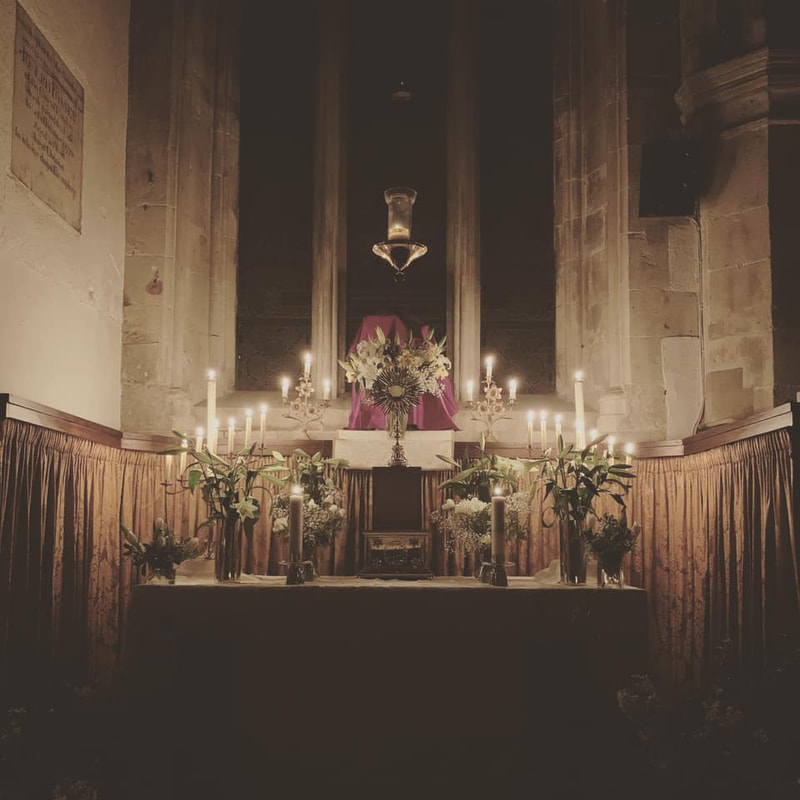










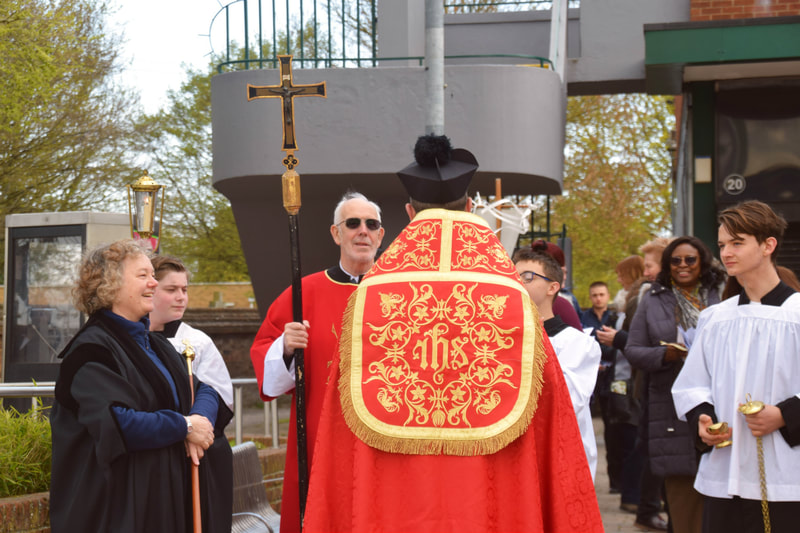











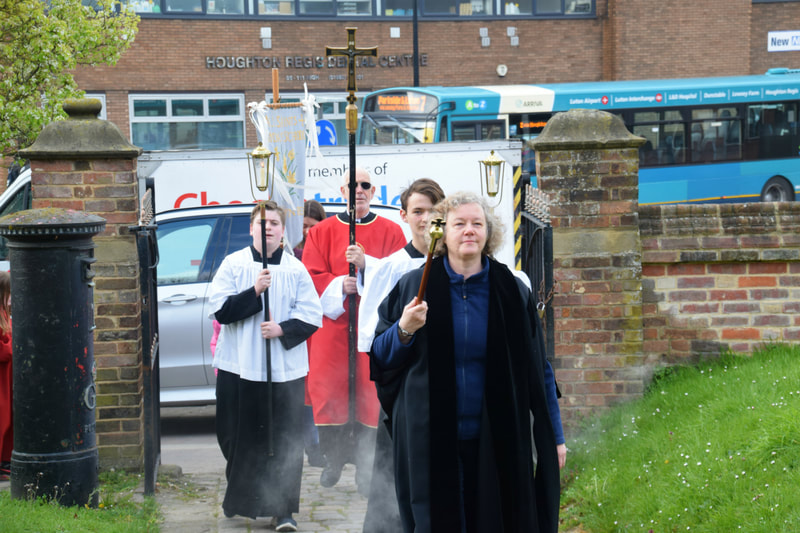













 RSS Feed
RSS Feed


